
The new year is a time for fresh starts and a renewed focus on our well-being, and there is a wealth of podcasts you can stream on Spotify to find inspiration and motivation. To help you kick off 2025 feeling your best, we’ve consulted five luminaries in the wellness space to share their insights.
The Subtle Art of Not Giving a F*ck Podcast
Building on Mark Manson’s bestselling self-help book of the same name, The Subtle Art of Not Giving a F*ck Podcast tackles relationships, careers, health, wealth, and happiness with refreshing honesty. Featuring a mix of guest appearances, burning reader questions, and solo shows with Mark, the show explores all the uncomfortable questions that might just change your life.
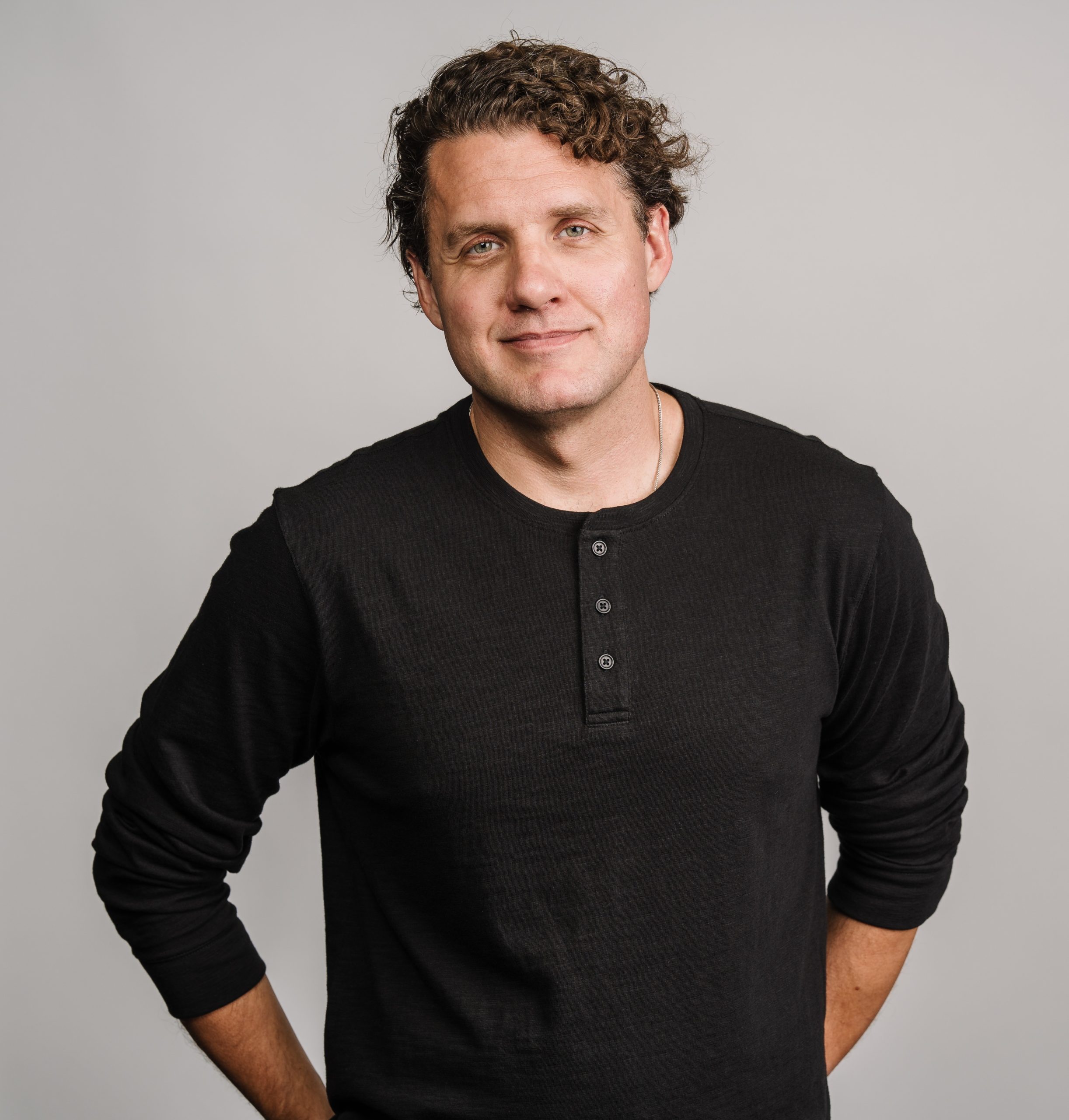
Mark Manson
How it started: “It happened by accident. I started blogging my own personal growth journey, had a distinct style and some unique takes, and developed an audience relatively early on. They started asking me for advice, so I went and researched the answers. From there, it just kind of snowballed.”
How it’s going: “Spotify has been the primary home for my podcast audience almost since we launched. It seems like we grow the most organically there, and our listeners are more engaged.”
Mark’s wellness tip: “I know big, ambitious goals are sexy, but you’re far more likely to succeed if you break them down into a series of small, relatively attainable goals and take them down one after the other. It’s not as sexy or exciting but it’s what actually works. If you’re relying on willpower, you’re doing it wrong.”
Stream the latest episode of The Subtle Art of Not Giving a F*ck Podcast on Spotify.
The Liz Moody Podcast
Hosted by bestselling author and longtime journalist Liz Moody, The Liz Moody Podcast offers research-backed wellness advice. Liz sits down with some of the world’s leading experts to answer some of the biggest health and wellness questions, from what to eat to fight disease to how to take control of your finances.
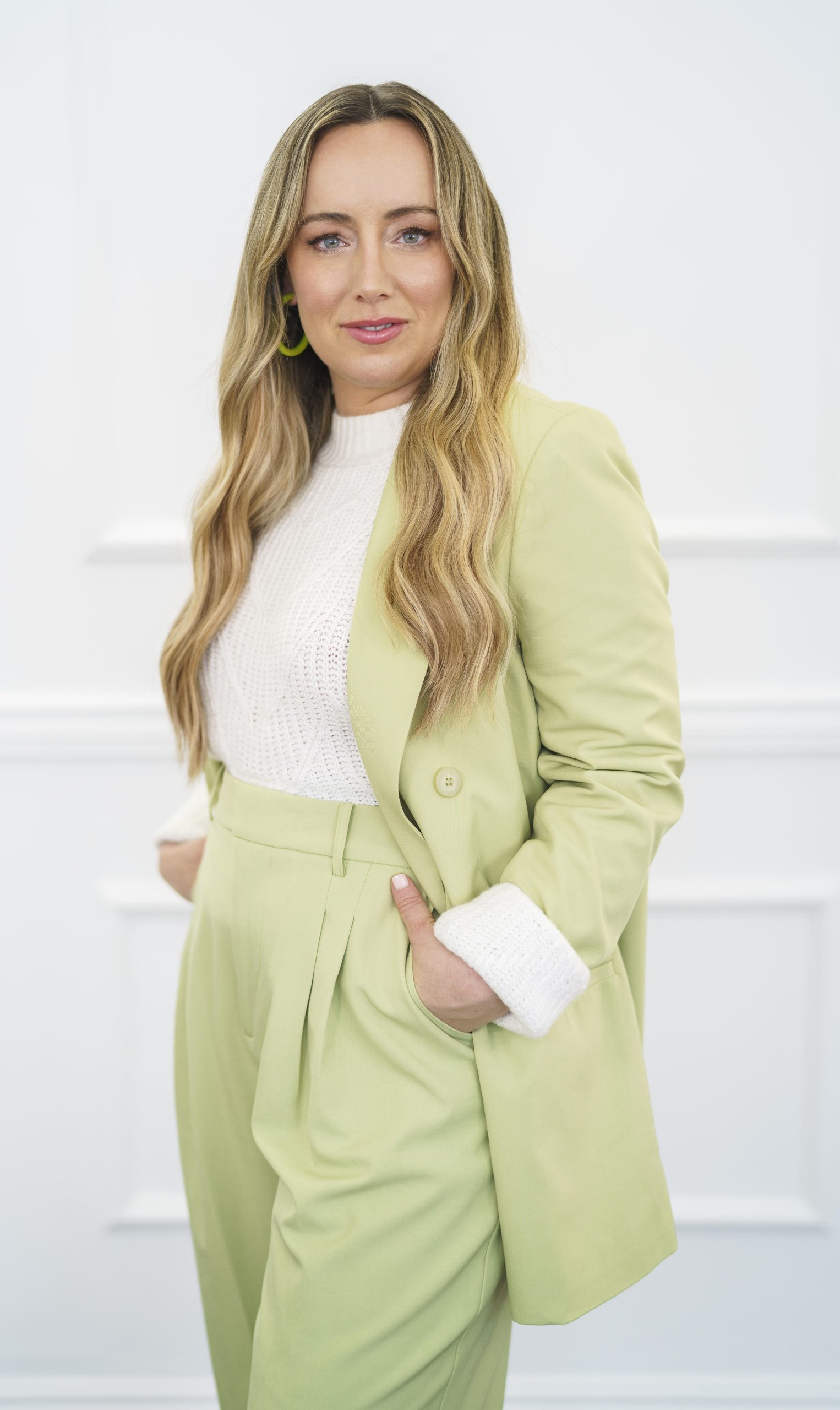
Liz Moody
How it started: “After experiencing a mental health crisis, I turned to the skill set I’d honed over the years: researching and asking questions. I reached out to people I had absolutely no business talking to (neuroscientists at Stanford, nutrition researchers at Harvard) to try to uncover what was happening in my brain, and how I could potentially feel better. Many of them didn’t write back, but a few did, and with that information I began to cobble together a plan for myself. Slowly—very slowly!—I started to feel better, and I became passionate about helping others feel better, too.”
How it’s going: “People are already listening to their favorite music on Spotify, so it’s easy for them to integrate podcasts—I love making any wellness habits as simple as possible, so meeting people where they already are is huge for that. It’s also so fun to have comments on episodes, and be able to continue the discussions raised and get feedback on what people are loving.”
Liz’s wellness tip: “The world’s largest study on gut health found that the single most important thing to feed our microbes was how much diversity was in our diet. Specifically, the study found that 30 plants per week was the ideal number for optimal microbiome benefits. So start counting your plants—and anything that grows in the ground counts as a plant—and try to add more plants to every meal. Can you hit that 30 a week number? It becomes a fun game, but it also has huge health benefits.”
Stream the latest episode of The Liz Moody Podcast on Spotify.
GrownKid
Following the success of Teenager Therapy, Gael Aitor and Kayla Suarez returned last summer with a brand-new podcast, GrownKid, focused on young adulthood. Bringing diverse perspectives from experts and leading voices across generations, GrownKid offers meaningful conversations around critical topics for Gen Z, like building a career without a college degree or overcoming rejection.
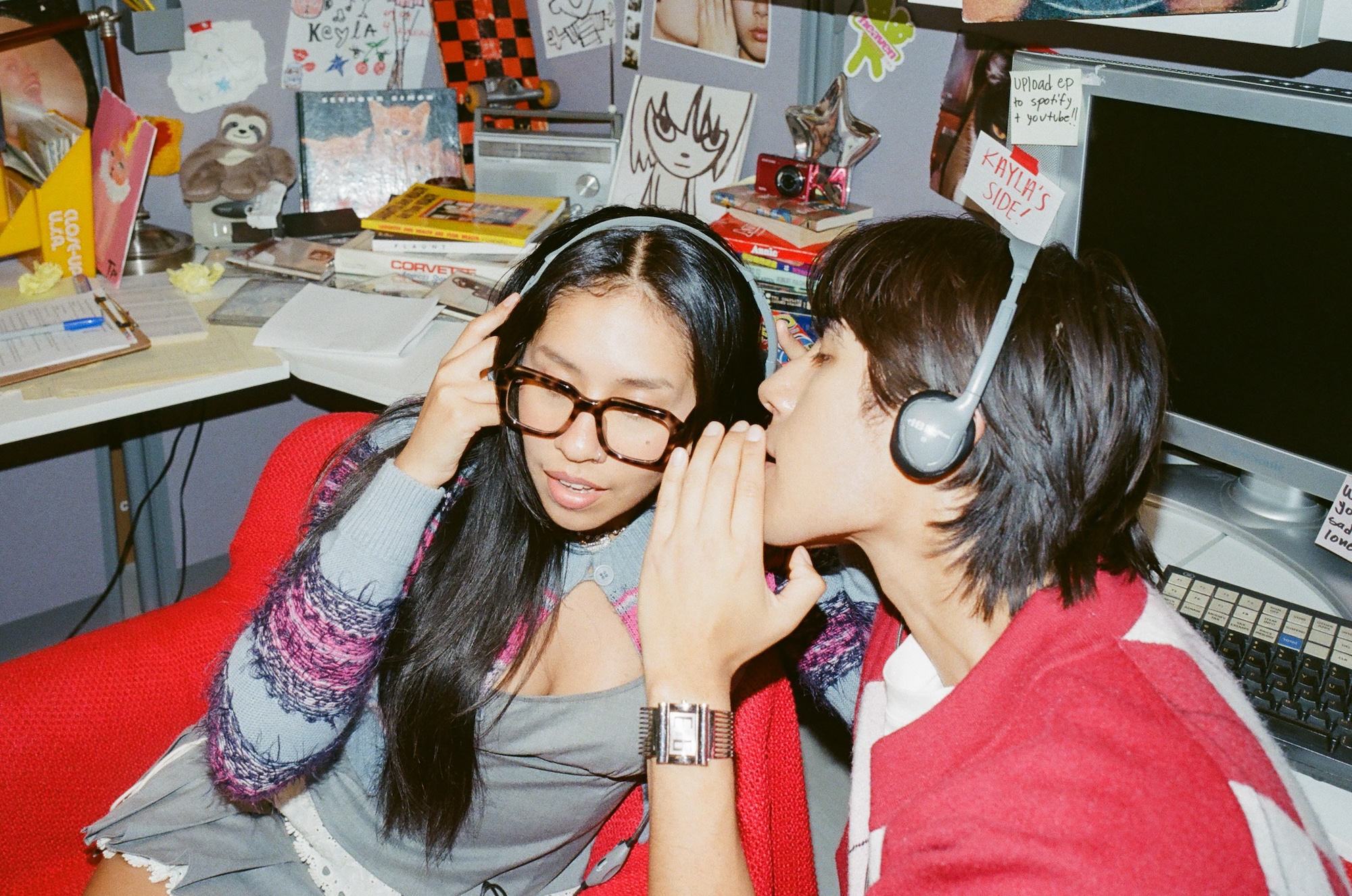
Kayla Suarez and Gael Aitor
How it started: “We started a podcast documenting our coming-of-age when we were 15 years old, and so began our journey into advocating for the importance of vulnerability, mental health, and wellness.”
How it’s going: “Not only has Spotify given us the ability to talk with our audience directly, but it’s also allowed us to get a sense of what’s important to our listeners by helping us track the better-performing episodes and topics we do.”
Gael’s wellness tip: “When you feel yourself getting brain fog, go outside and walk in nature. If that’s not possible, walk inside your house!”
Kayla’s wellness tip: “Dance, dance, dance! I feel like dancing as an act of wellness is underrated. Even just setting aside 10 minutes to play your favorite songs and dance has made such a difference for me.”
Stream the latest episode of GrownKid on Spotify.
Self Obsessed
A renowned self-love and development expert, Tam Kaur is dedicated to helping women become the best versions of themselves. On Self Obsessed, she provides advice on topics like building confidence, embracing authenticity, setting boundaries, cultivating healthy relationships, and pursuing your passions.
How it started: “I’ve always been obsessed with self-development. Along the way, I definitely made mistakes, but the lessons I learned inspired me to share them so that other women could progress on their journeys faster.”
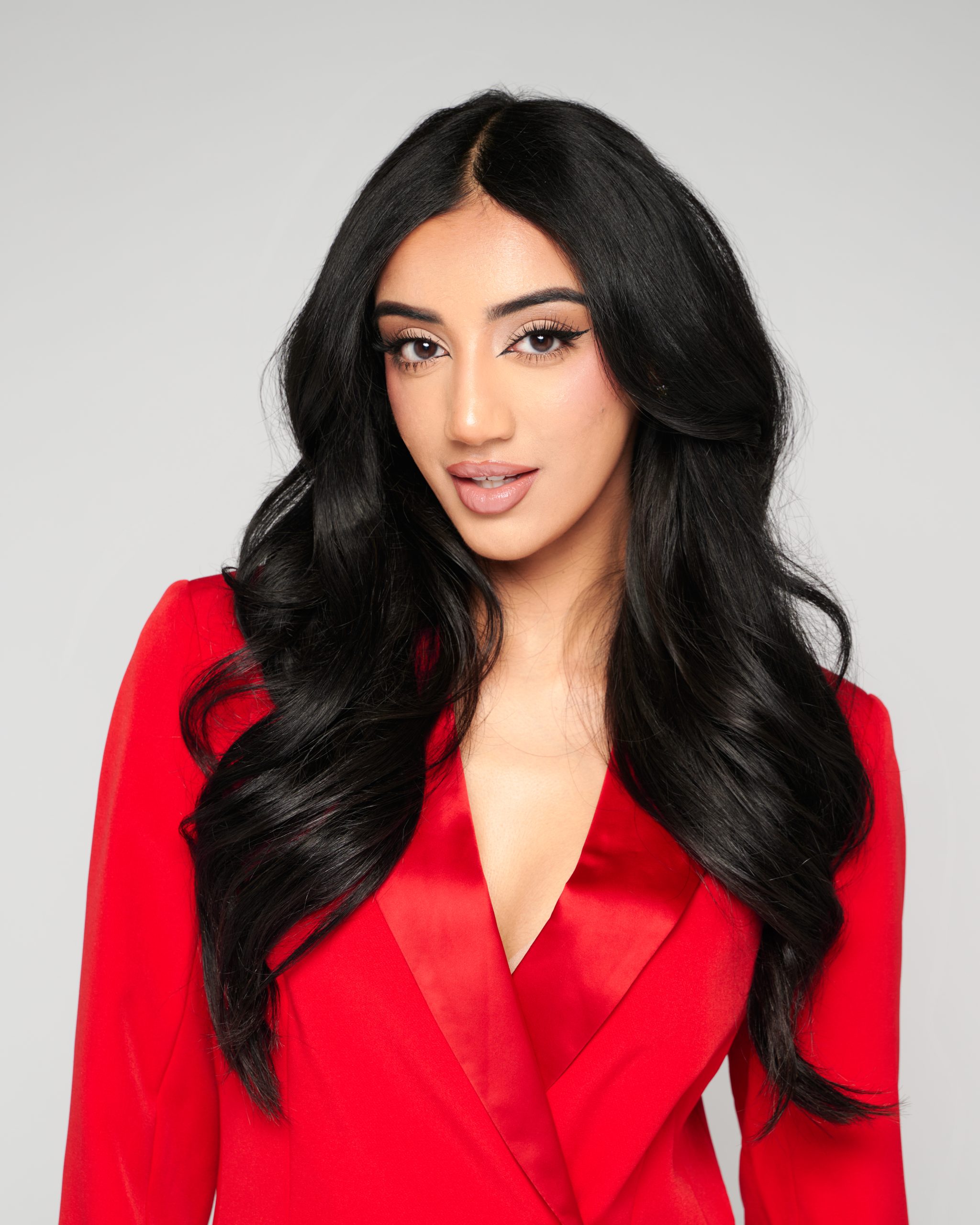
Tam Kaur
How it’s going: “Spotify has allowed me another avenue to provide value to my audience, from my curated wellness playlists filled with uplifting songs to my audiobook, Buy Yourself the Damn Flowers. With my podcast, it’s allowed me to share my story more in depth, connect with my listeners, and create even more content for my audience members who are always on the go!”
Tam’s wellness tip: “Meditate. It’s something I value more strongly now than ever. It’s easy to do and doesn’t have to take more than two minutes, and yet the benefits are endless. You gain peace, clarity, and presence. Not to mention it’s a powerful manifestation tool when you visualize your dream reality at the same time. It has the power to rewire your subconscious so that you can develop a more positive self-concept.”
Stream the latest episode of Self Obsessed on Spotify.
Let’s Talk About Mental Health with Jeremy Godwin
On Let’s Talk About Mental Health, writer, counselor, and mental health advocate Jeremy Godwin breaks down complex mental health topics into simple, actionable steps. With practical, research-backed advice and insights from his expertise and personal experience, he seeks to help you build healthier habits, foster resilience, and create lasting positive change.

Jeremy Godwin
How it started: “After going through a breakdown in late 2011, followed by several years of severe depression and anxiety, I wanted to find a way to help others who were dealing with what I went through. Over a decade later, I’ve found a space to help people that also makes me feel incredibly fulfilled!”
How it’s going: “Being able to engage directly with my listeners through comments and polls on Spotify helps me understand what resonates with them, and have real conversations (instead of just talking at them each week in my show!).”
Jeremy’s wellness tip: “Focus on what you can directly control. It’s so easy to become overwhelmed by the weight of the world and all the stuff we need to deal with in our lives…but when you remember that you can only ever control your own words and actions, it frees you from a lot of stress.”
Stream the latest episode of Let’s Talk About Mental Health with Jeremy Godwin on Spotify.

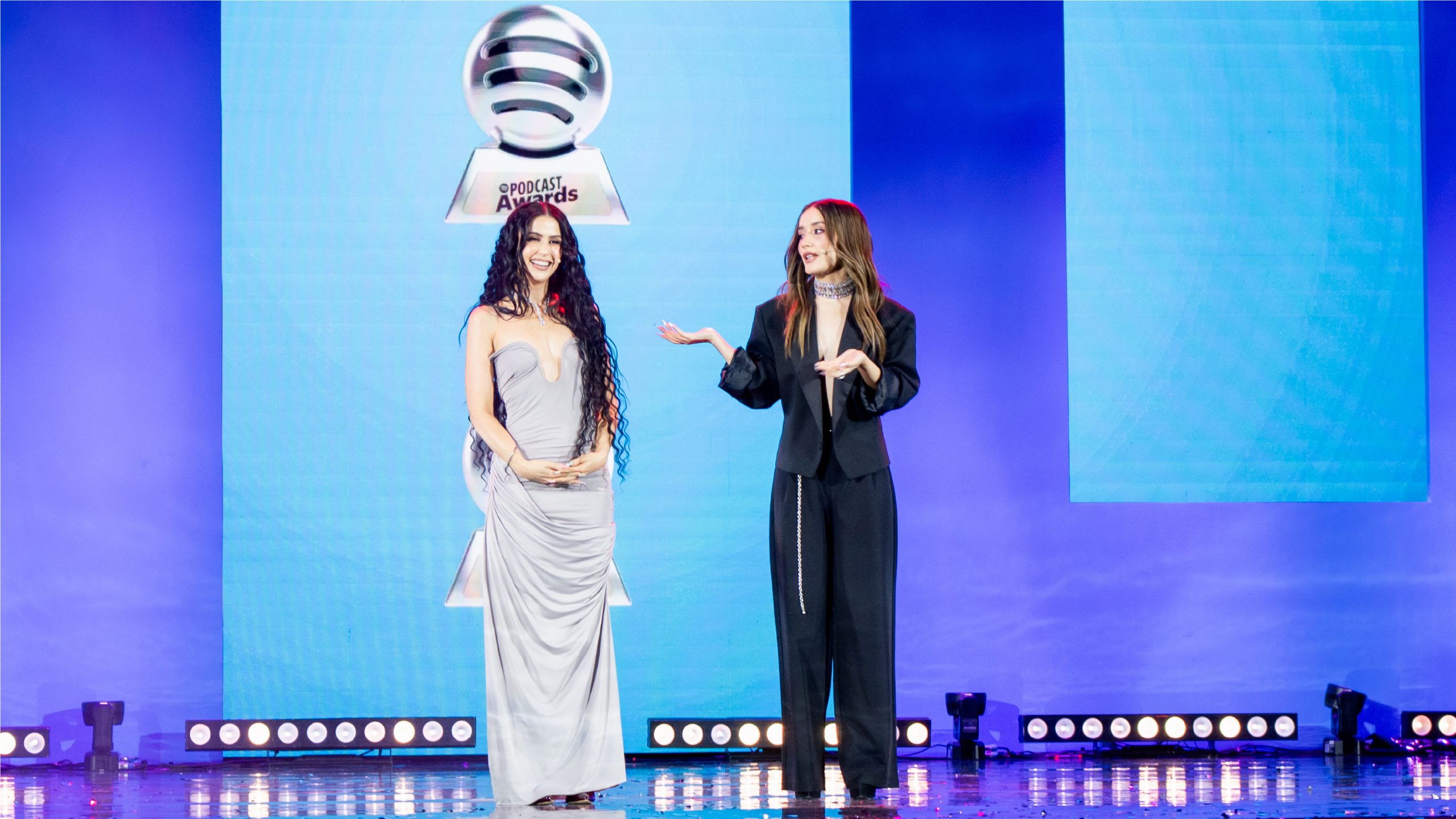







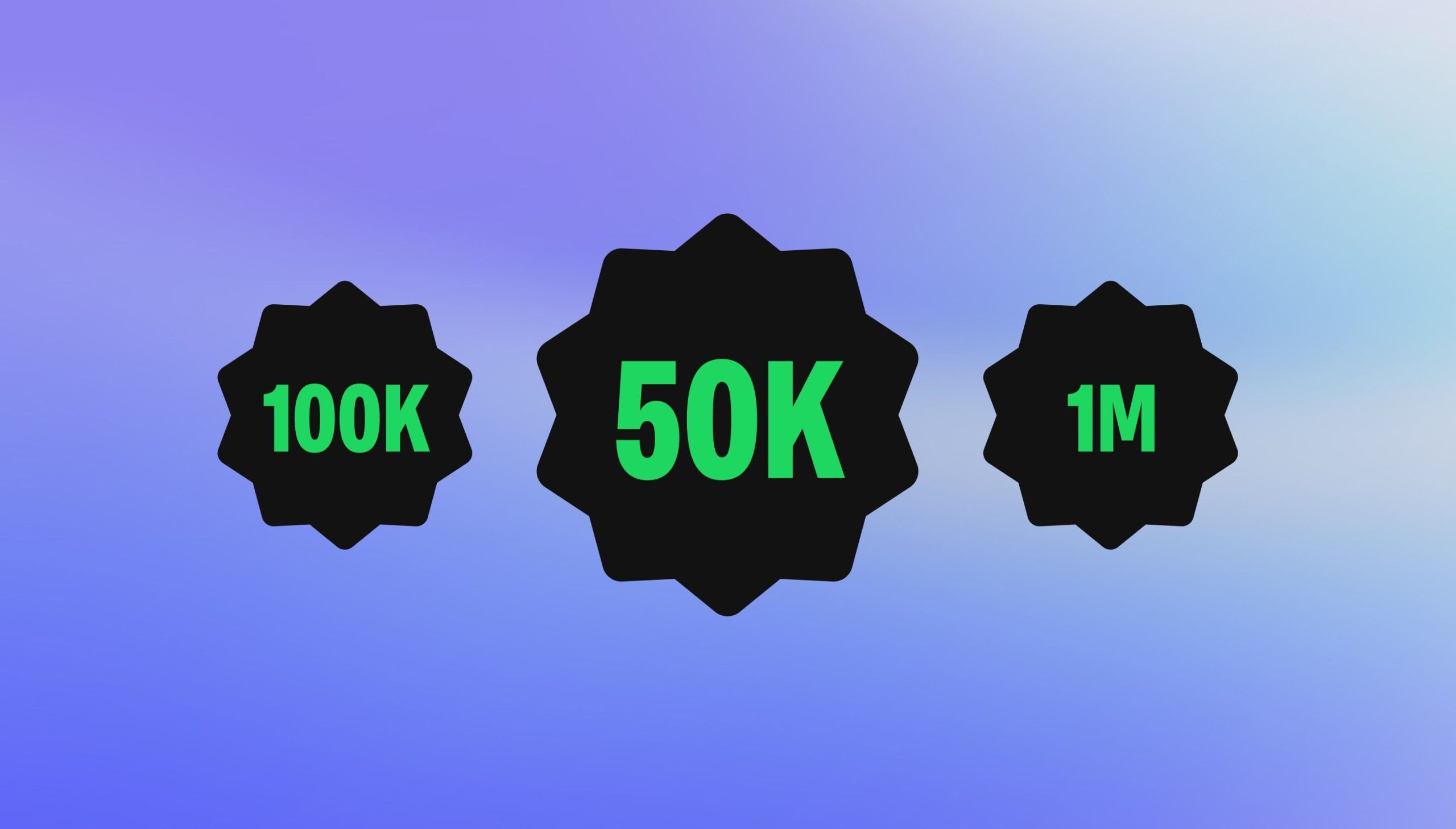
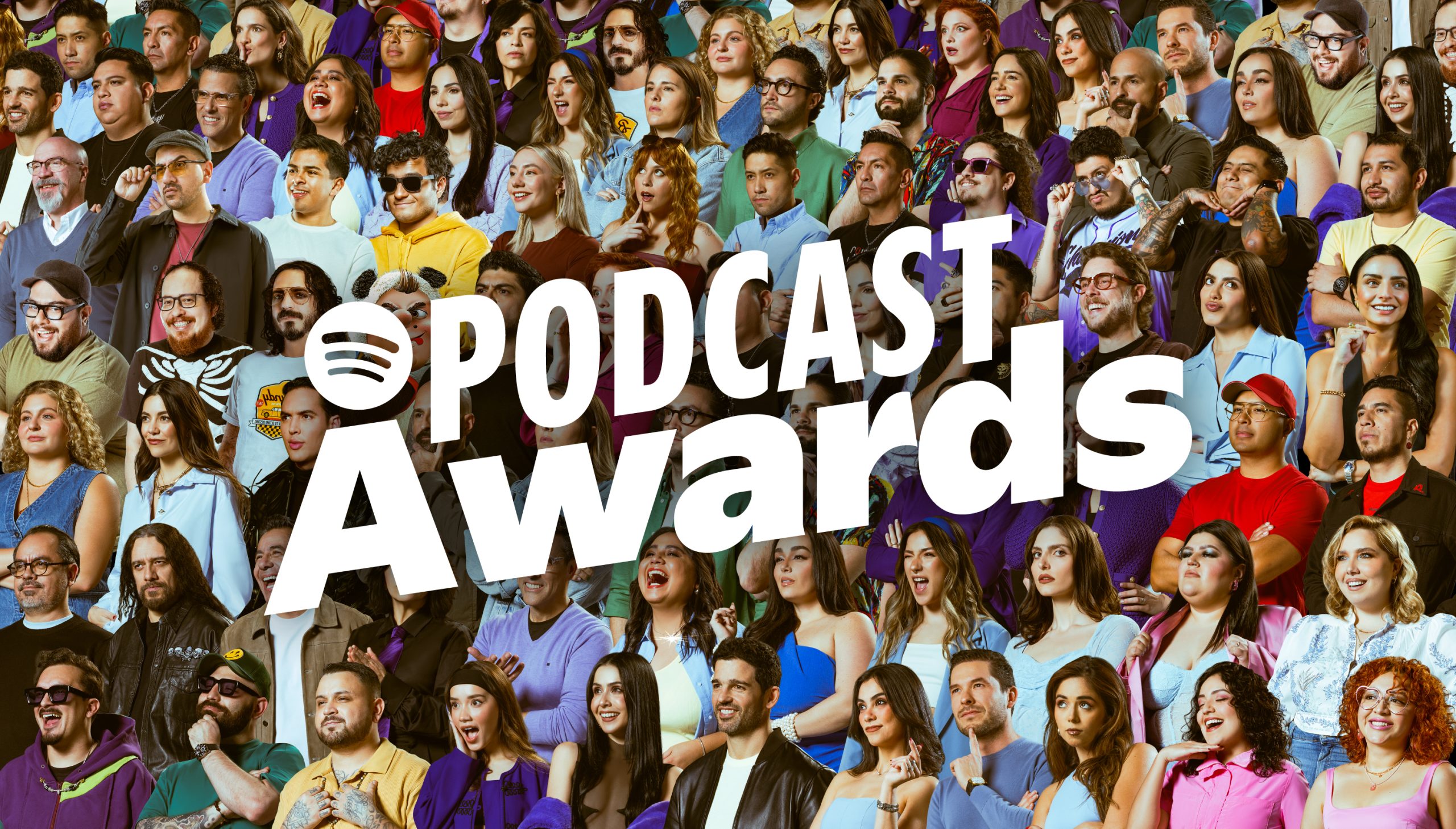
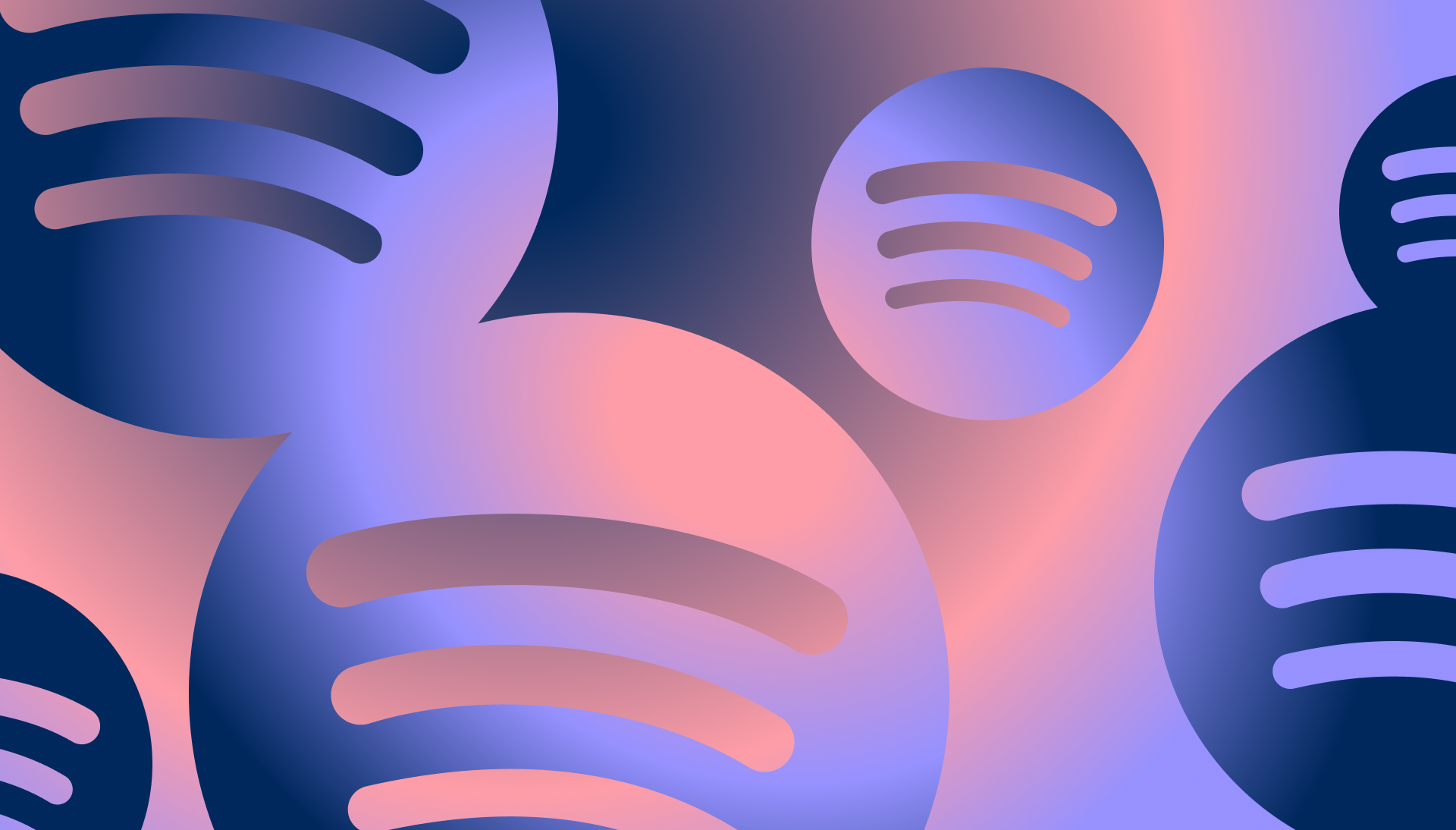
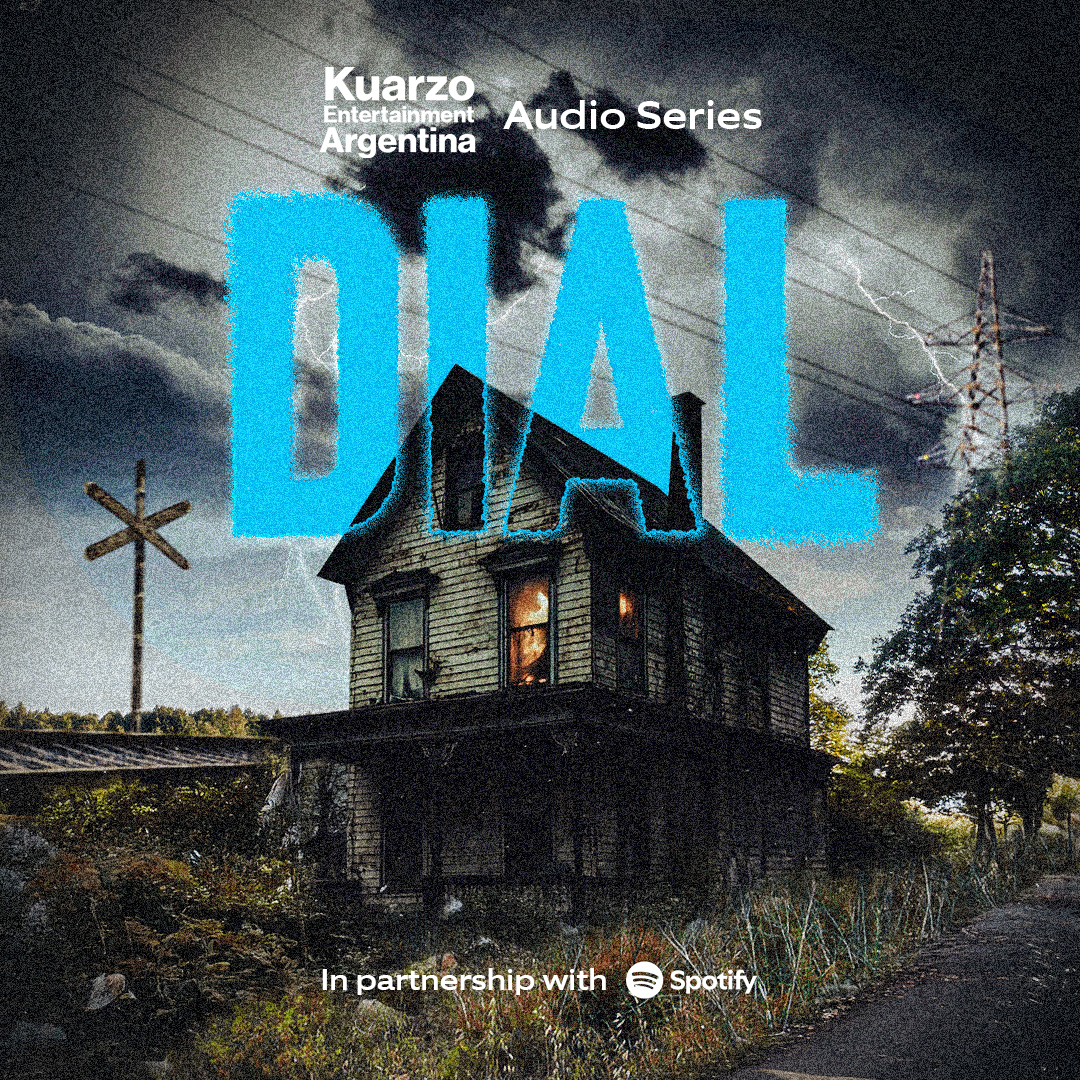
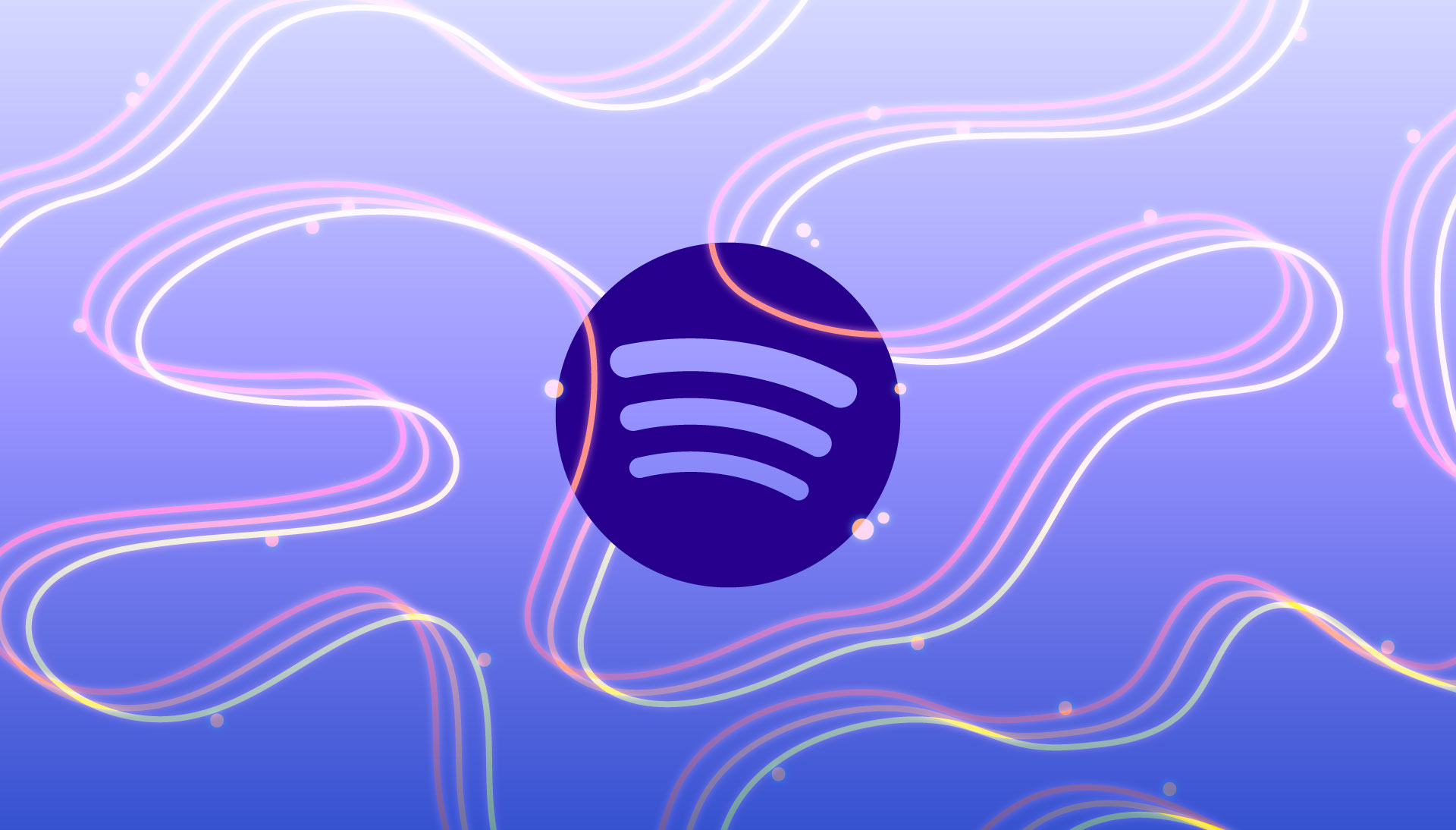
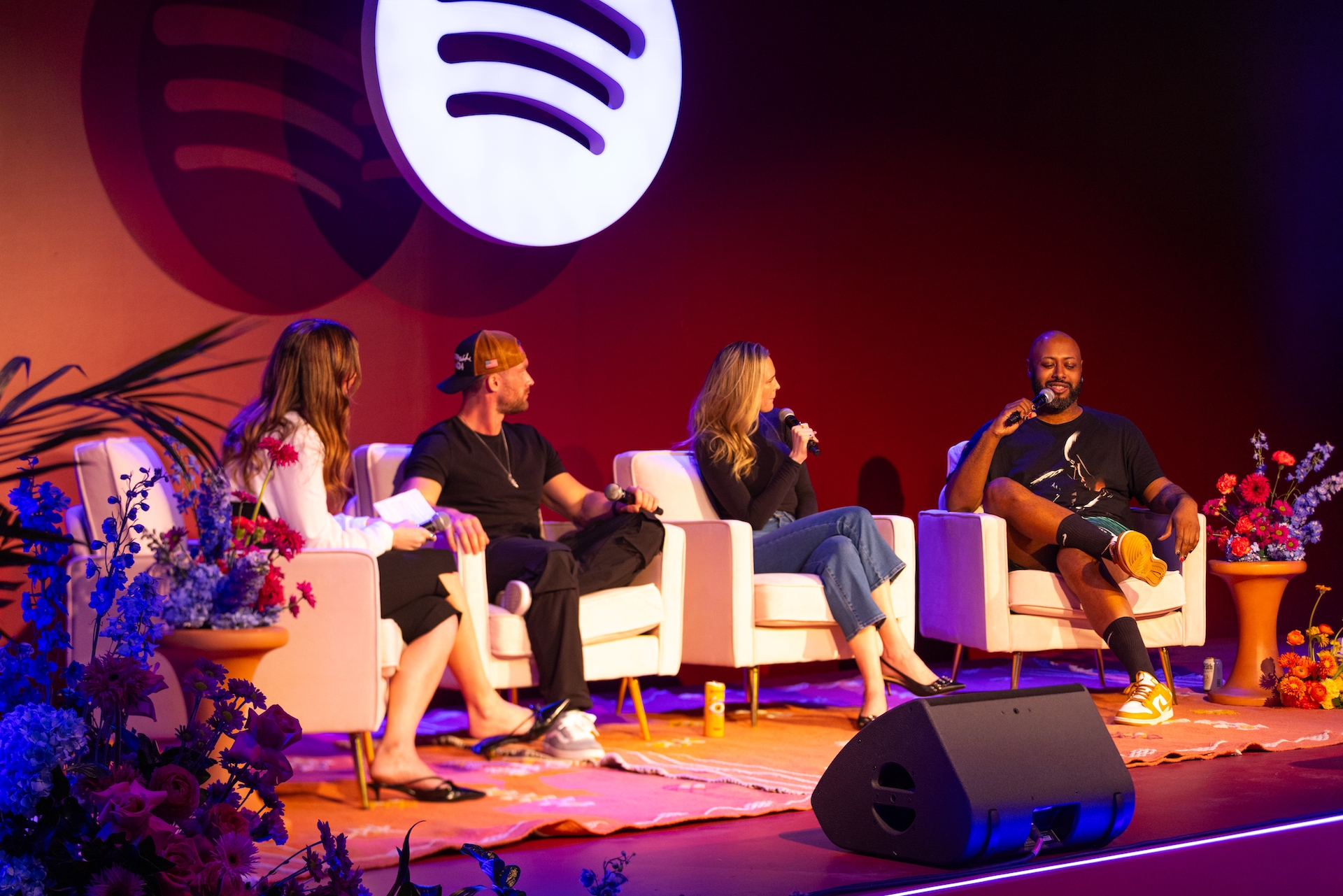
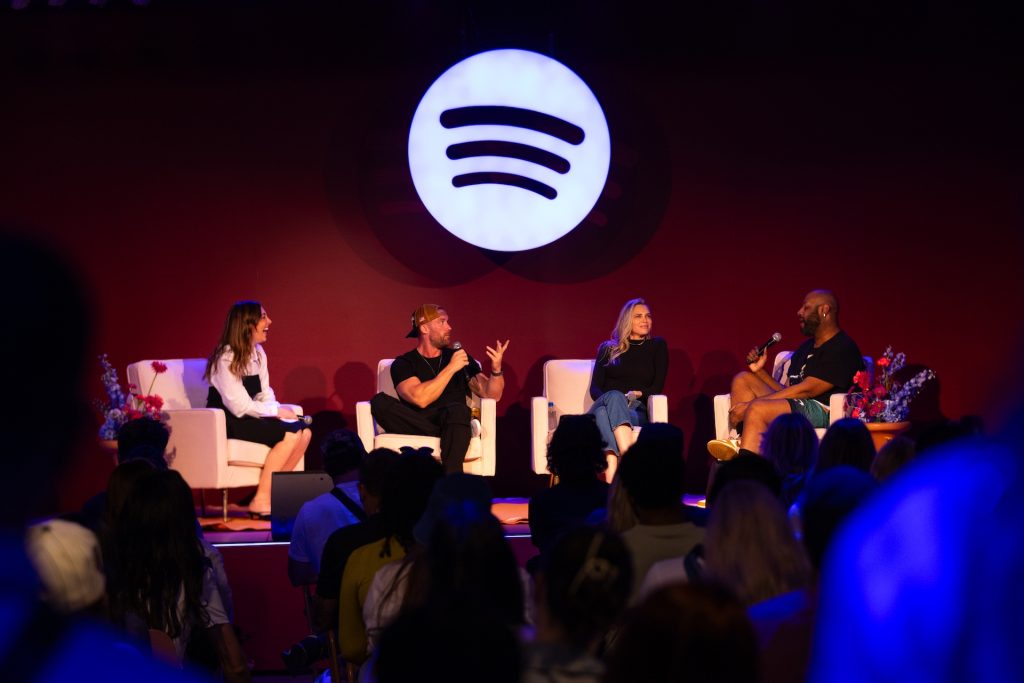


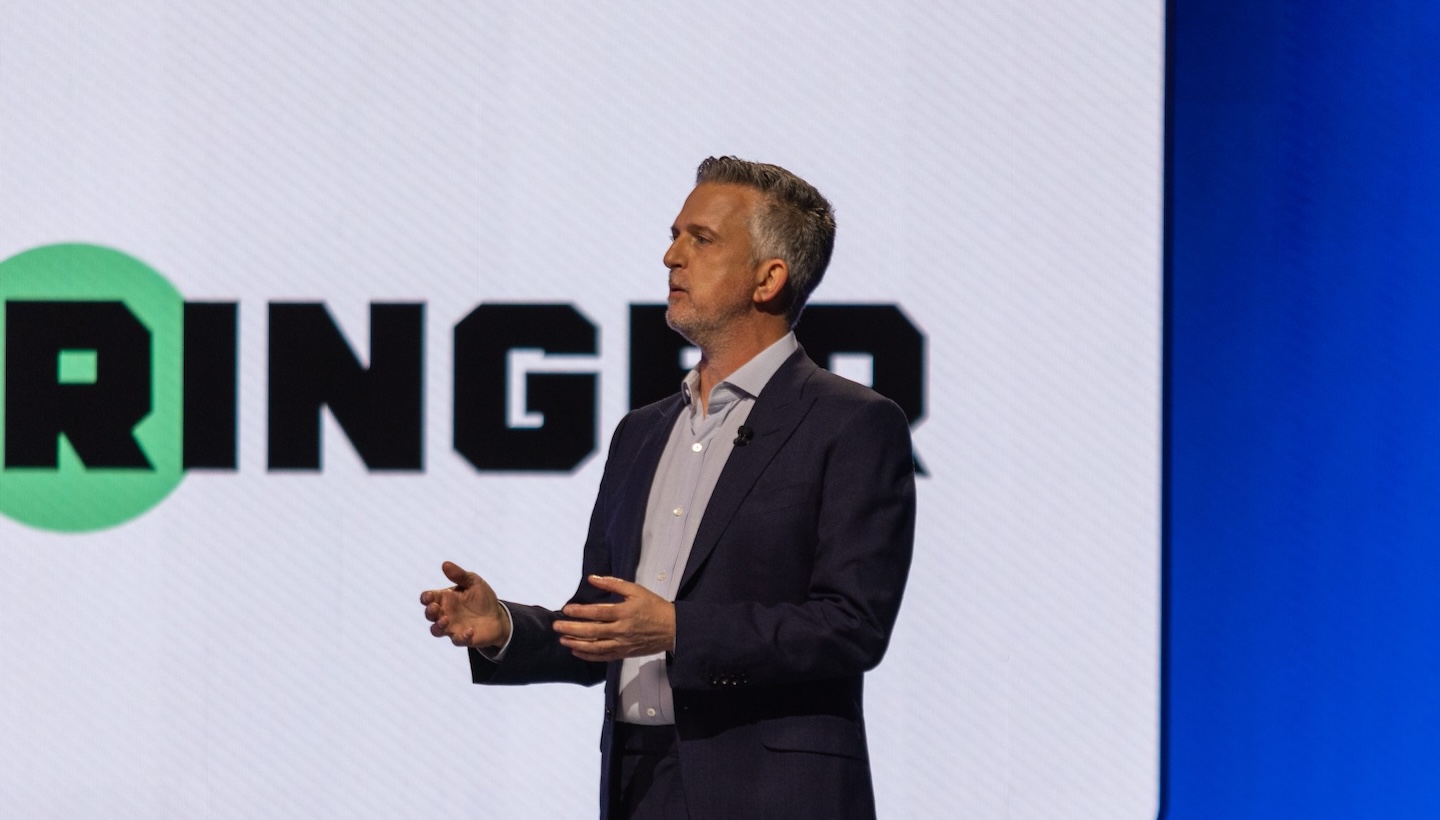
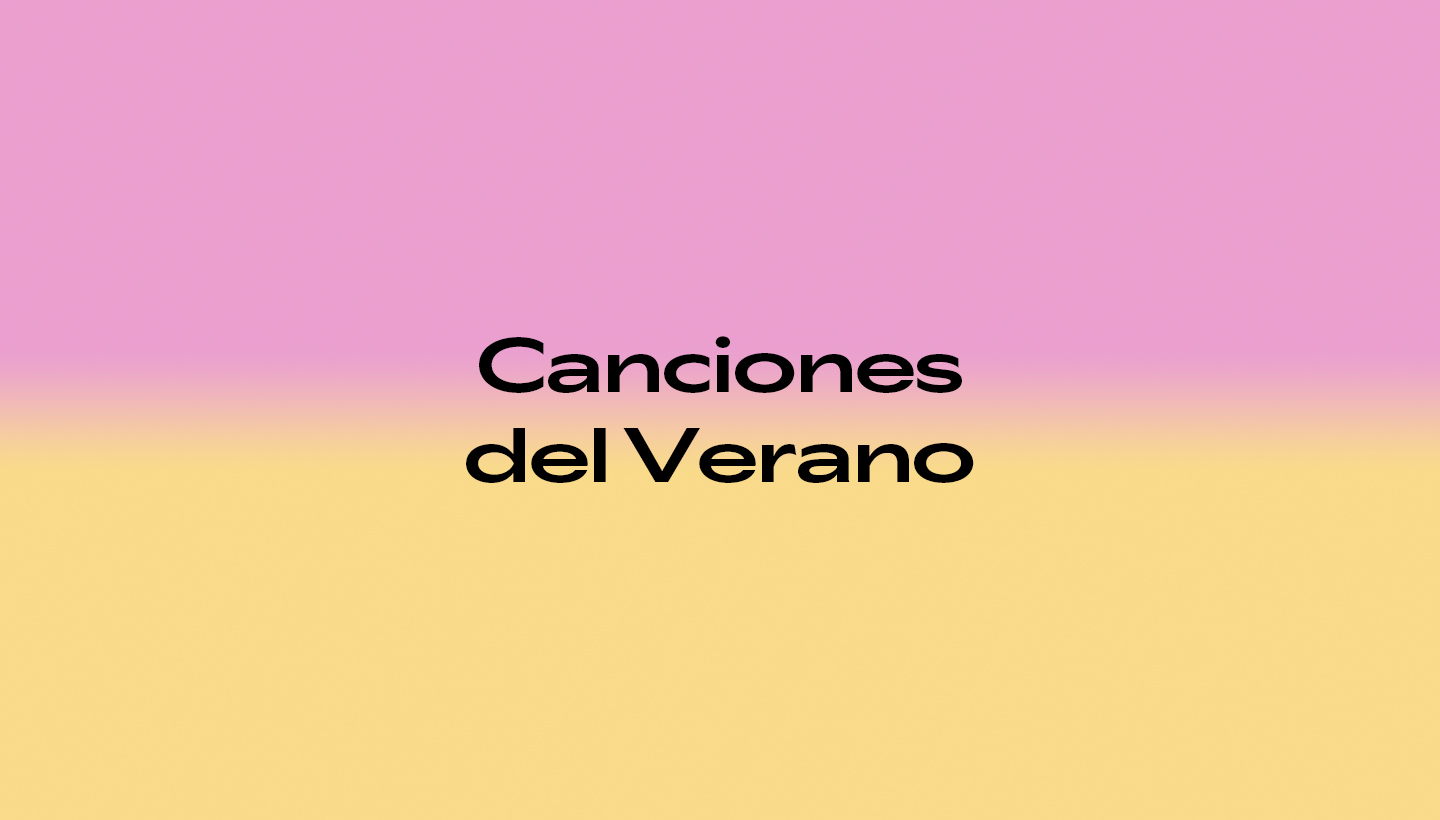
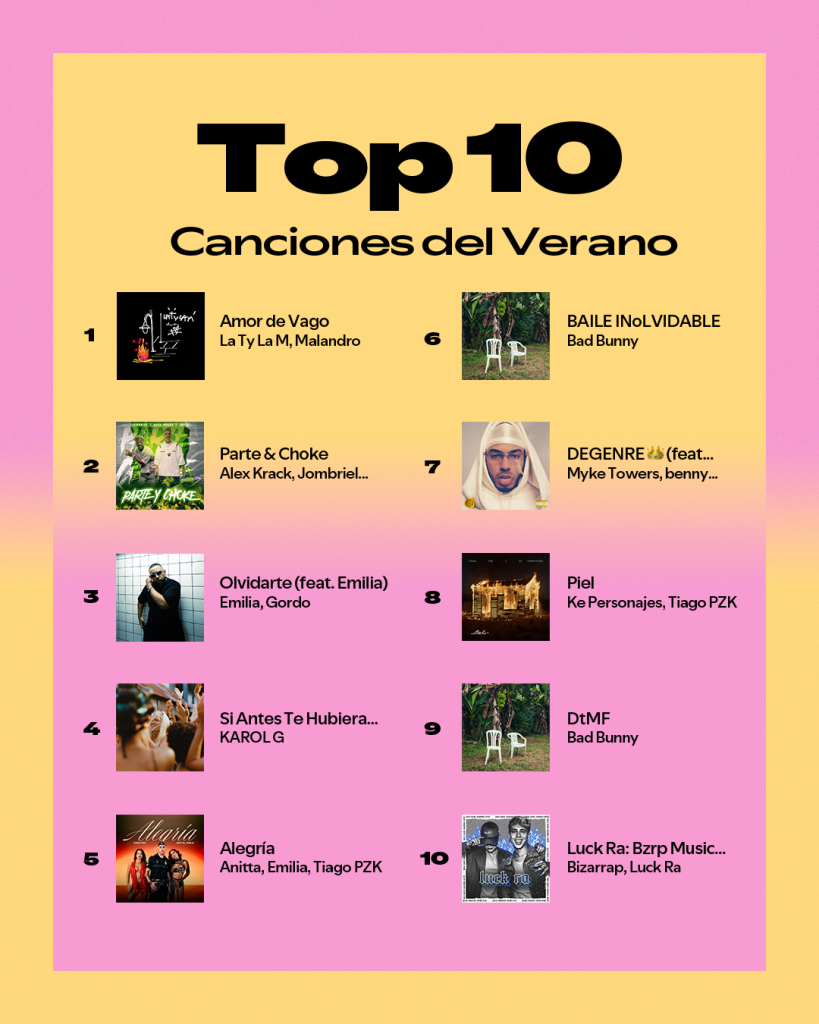
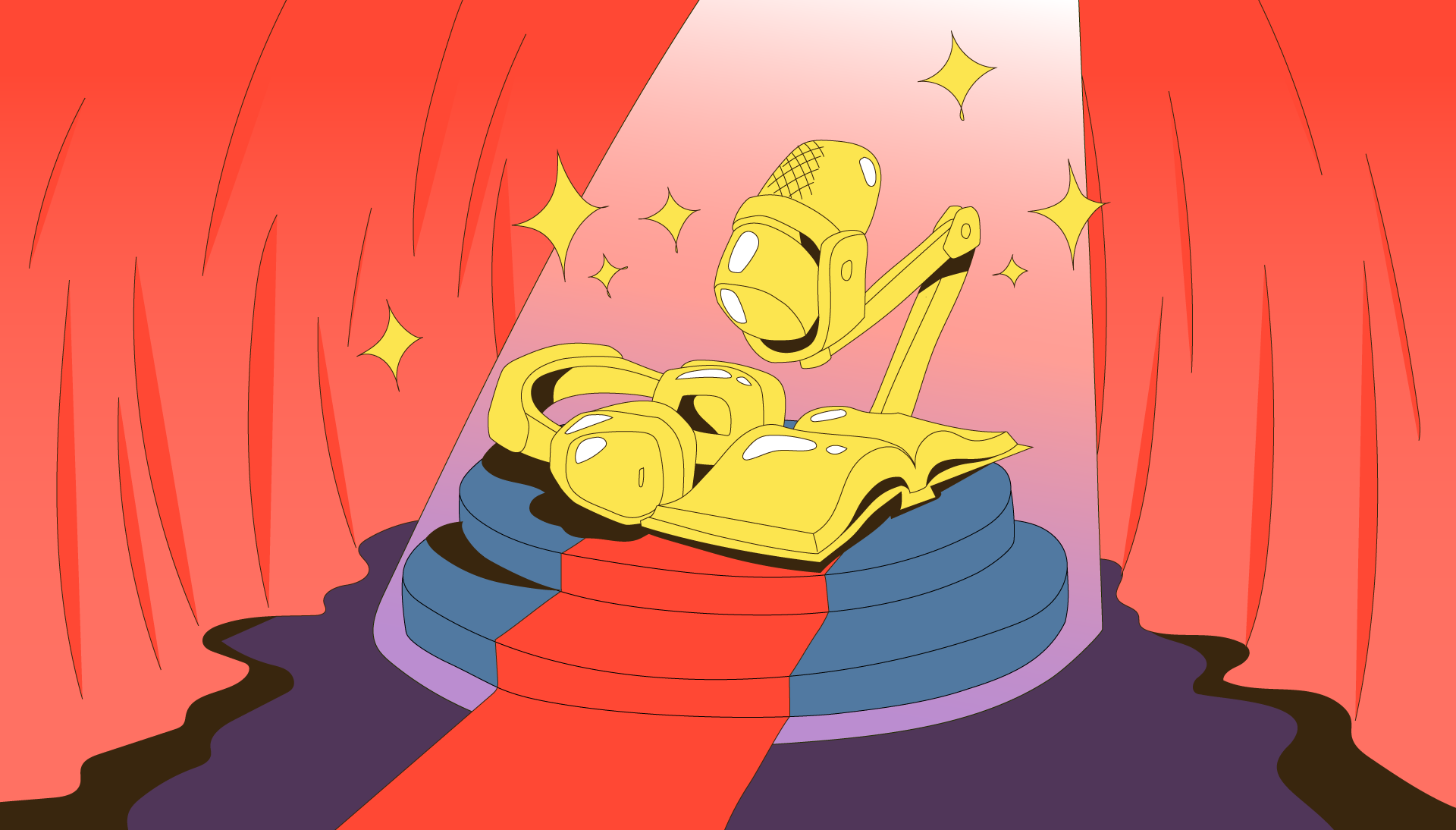
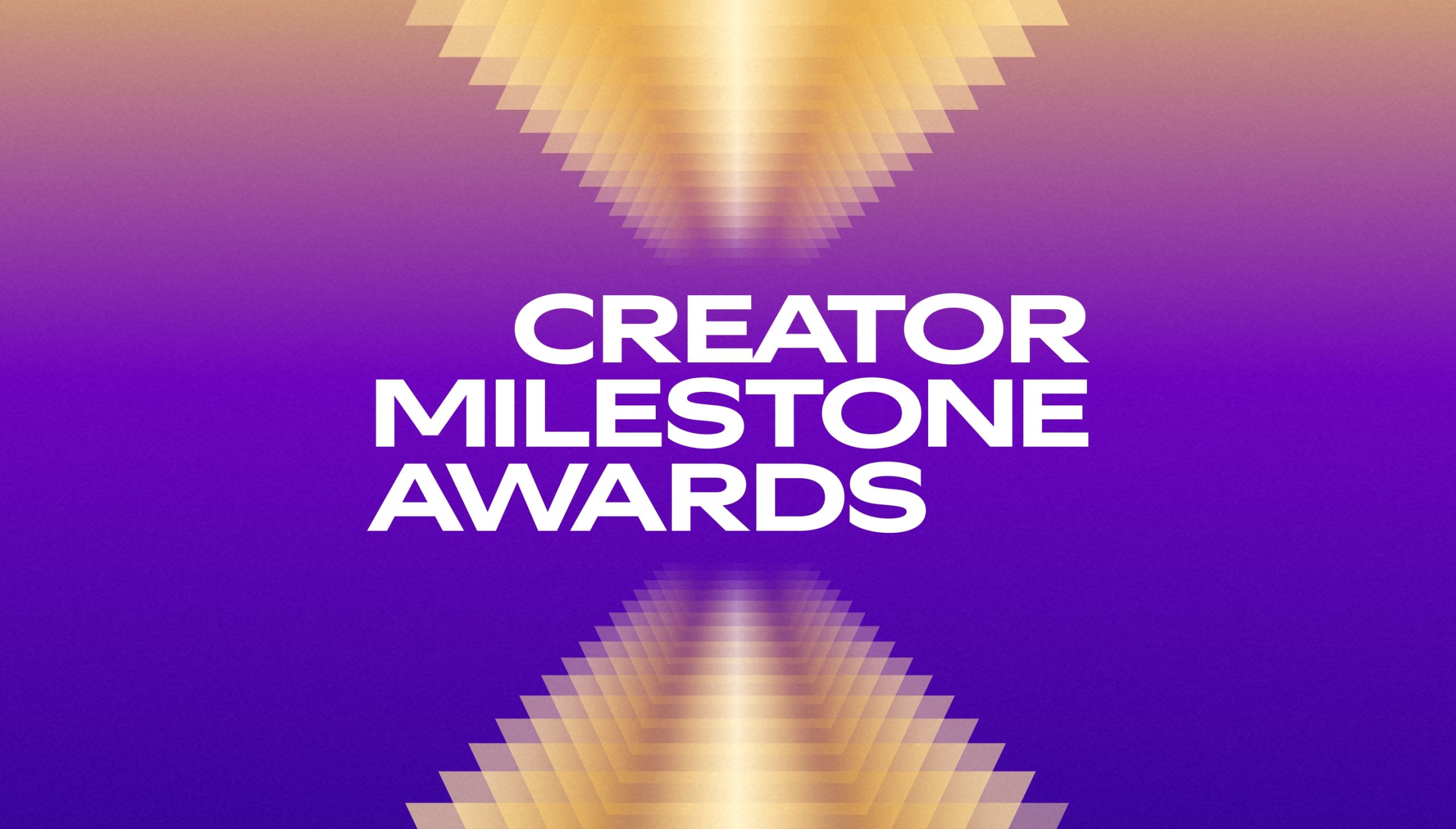






Recent Comments